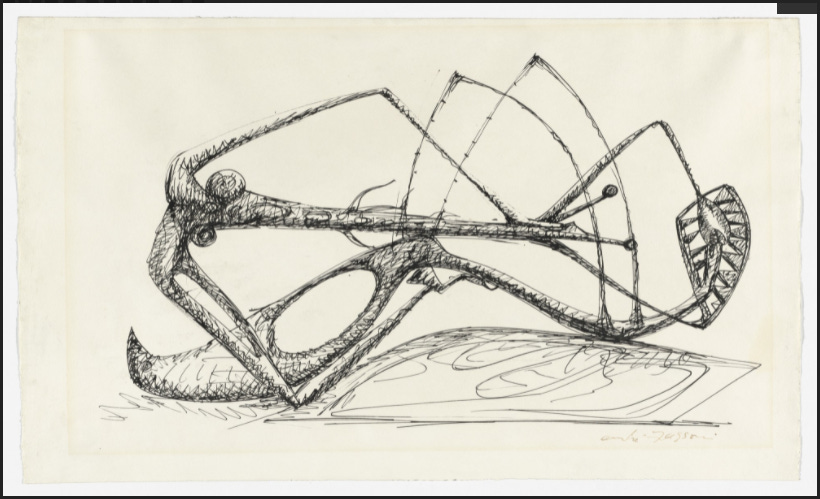I was taught how to kill before I knew
[that I knew]
how to curse. This may have been why I was taught it.
It happened last year, in the eighth year of my practice, on the night before our first socially-distanced night out with friends: a significant watershed in a year where I kept a very close eye on everything moving, around me and through me.
I was given five, identical instruments I didn’t ask for―long, reedy astral lances, taller than myself―and the method to use them―a vertical, chakra-shattering drop through the crown. It was also made clear to me that I had the freedom [not] to use them, and would all my life.
The only way to learn how to use these lances is, of course, through practice. Yes, they can slip; they can wobble, one can skewer less than is required for a clean kill and then what is done is done. There’s also the niggling caveat that, as with any practice, he who uses magic becomes vulnerable to it. And it had been explained to me, from early on, that the thing when it came to virutas―shavings―is that once you use them you begin to pop up on the radar of others in the field who use them too (and the field is not level). To play your hand is to reveal it to more agents than you’d like to know. And so the best course of action would be not to use them at all: to refrain and withdraw. Do not [c]enter. Some games should be won by walkover.
When we left our flat in Los Angeles I left them in a corner of the room, unused. I don’t know that they haven’t used me, though.
It is that type of g[r]ift.
André Masson. Praying Mantis. 1942. Ink on paper. MoMA.




